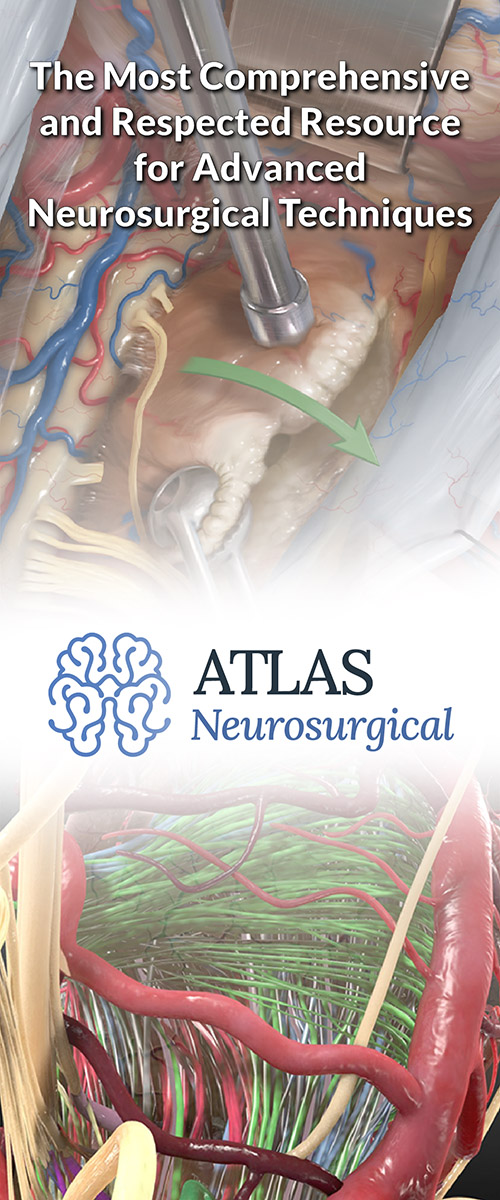Cancer and Hemangioblastoma
Being diagnosed with a brain tumor, such as hemangioblastoma, often brings many questions and concerns. It’s natural to feel anxious or uncertain.
Understanding your tumor, how it might affect your health, and the treatment options available can help you navigate this journey with confidence.
In this guide, we’ll walk through what living with hemangioblastoma may look like, recurrence possibilities, and different treatment strategies that can help you move forward with clarity and hope for the future.
Hemangioblastoma: Benign or Malignant?
Hemangioblastomas are benign (non-cancerous) and classified as World Health Organization (WHO) grade 1 tumors. This is the lowest grade and indicates that they do not spread to other parts of the body unlike cancerous, or malignant, tumors.
It also means there is a lower risk of the tumor recurring once treated. While this is often a reassuring sign, since these tumors originate from the blood vessels in the brain and spinal cord, they can sometimes press on important structures in the brain or spinal cord and cause health problems.
Cancer is characterized by uncontrolled, invasive growth that can spread to other parts of the body (metastasis). Hemangioblastomas, on the other hand, do not often invade surrounding tissues or spread outside of the brain or spinal cord.
Hemangioblastomas can grow over time. This growth can lead to neurological symptoms as they exhibit mass effect (press against) nearby brain structures.
Hemangioblastoma Size and Growth
Hemangioblastomas can vary in size, often starting out small when diagnosed. However, they can grow larger over time, and their size, along with their location, can influence symptom severity.
For example, a small tumor in a critical area of the brain might cause more symptoms than a larger tumor located elsewhere. This is why hemangioblastomas in the cerebellum and brainstem are often more worrisome.
Sometimes hemangioblastomas form near the ventricles, which are fluid-filled spaces deep inside your brain. Even small tumors in these regions can block the flow of cerebrospinal fluids, leading to a condition called hydrocephalus which requires treatment to relieve pressure in the skull.
Why should you have your surgery with Dr. Cohen?
Dr. Cohen
- 7,000+ specialized surgeries performed by your chosen surgeon
- More personalized care
- Extensive experience = higher success rate and quicker recovery times
Major Health Centers
- No control over choosing the surgeon caring for you
- One-size-fits-all care
- Less specialization
For more reasons, please click here.
Life with Hemangioblastoma
Each person’s experience living with hemangioblastoma will be unique. Symptoms often depend on the tumor's size and location. Common symptoms include headaches, dizziness, and issues with balance and coordination.
If the tumor is in the spinal cord, it might cause back pain or weakness in the limbs. Most patients experience symptom relief following surgery to remove the tumor. In instances where patients have symptoms that significantly impact their daily life, supportive care, such as medications for pain, swelling, and seizures, may be necessary if surgery is not possible.
For those with hemangioblastoma, life may involve regular monitoring through magnetic resonance imaging (MRI) scans to track tumor growth. Treatment decisions are usually based on symptoms, tumor size, and growth rate, with most patients undergoing surgery to remove the tumor.
Rehabilitation with physical therapy may also be necessary to help patients get back to their baseline function following surgery. It's important for patients to work closely with their healthcare team to manage symptoms and to make informed decisions about their treatment options.
Can hemangioblastoma be cured?
Surgery is often the primary treatment and can offer the possibility of a cure, especially when the entire tumor is successfully removed. In certain cases, though, the tumor’s location can make surgery more challenging.
When surgery poses too high a risk, or if the tumor is not causing symptoms, your healthcare team may recommend a "watch and wait" approach. This involves regular scans to monitor growth and only intervening if it starts to cause symptoms.
In situations where surgery is not possible, treatments like stereotactic radiosurgery, a type of radiation therapy, may be used to control growth in difficult to reach areas. This offers hope to patients facing more complex cases.
Although hemangioblastomas are non-cancerous, if left untreated, they can grow and eventually cause significant neurological symptoms due to pressure on surrounding brain structures. This highlights the importance of regular follow-ups with your physician following a diagnosis of hemangioblastoma.
Hemangioblastomas can be associated with a genetic condition called von Hippel-Lindau disease in some cases, which can lead to the development of multiple tumors. While a cure may not be possible for these patients, treatment can help manage symptoms and improve overall quality of life.
Receiving a diagnosis of hemangioblastoma can be overwhelming, but you are not alone in this journey. Building meaningful connections with your healthcare team fosters trust and open constructive conversations about the best treatment plan for your individual needs. Whether it involves surgery, monitoring, or managing symptoms, there are paths forward to ensure you can lead a fulfilling life with this condition.
Key Takeaways
- Hemangioblastomas are benign, WHO grade 1 tumors that arise from blood vessels in the brain and spinal cord.
- They are not cancerous and do not spread to other parts of the body, but they can still cause problems due to their location.
- The growth rate of hemangioblastomas varies, so regular monitoring through imaging scans is essential.
- Symptoms can range from headaches and dizziness to more severe neurological deficits.
- Surgical removal of the tumor can be curative, but other treatments are available if surgery is not an option.
- Living with hemangioblastoma involves managing symptoms and working with a healthcare team to monitor and treat the condition.




